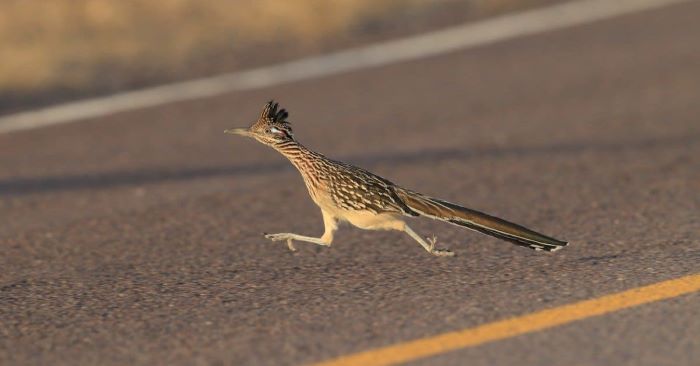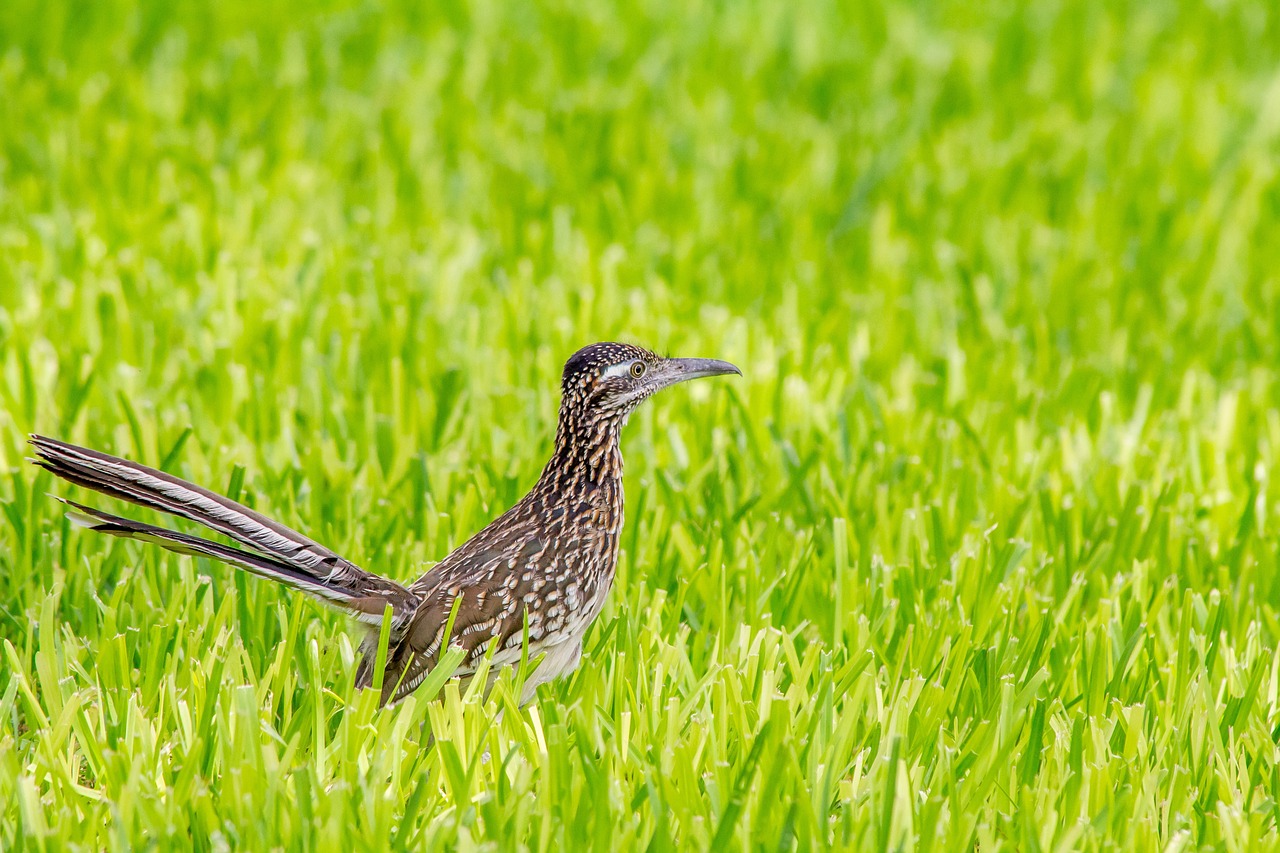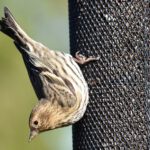With its iconic “beep-beep” and ability to dash away from hungry coyotes, the roadrunner seems uniquely speedy even among birds. But just how swift can this lanky landbound bird run compared to its airborne cousins? Evaluating the roadrunner’s sprinting skills against fellow avian athletes shows some surprising similarities alongside key distinctions.
Defining Speed

First, assessing any animal’s speed requires establishing a consistent measurement approach. For birds, the options include:
• Airspeed – The pace a bird travels while flying
• Wing beat rate – How rapidly a bird flaps its wings per second
• Running speed – Feet per second crossing land by foot
The choice impacts recorded speed tremendously. Falcons and frigate birds can attain airspeeds around 100 mph but would fare poorly on foot races. Hummingbirds beat their wings up to 80 times per second but move slowly between flowers. Roadrunners excel at runway dashes rather than aerial acrobatics. So comparing them requires focusing specifically on running pace.
The Roadrunner’s Top Speed
Roadrunners can sprint at bursts over 20 miles per hour. But their more sustained jogging speed averages closer to 15 mph. Over a quarter mile, that would enable a roadrunner to keep pace with a galloping horse. Top roadrunner racers clock nearly 18 mph maintained for up to a half mile at a time.
What enables cheetahs of the southwest desert to sprint on two legs instead of four? Sturdy thighs and elongated tails give them exceptional balance and acceleration. Their leaning profile creates less drag while prominent breast muscles power maximum thrust per stride. And having only two toes pointing forward reduces friction with the ground while curling others up and out of the way.
How Other Land Birds Compare
Very few birds rival roadrunners for land speed thanks to differences in anatomy and lifestyles. Ostriches and emus approach roadrunner velocity but focus more on endurance at more modest paces. Game birds like grouse or pheasants prefer hiding or short burst flight over outrunning pursuers.
However, a few fellow hot weather ground foragers can give roadrunner’s a run for their money in short dashes. Scaled quail in roadrunner habitat can reach 14 mph pacing the birds stride for stride. And the lesser prairie chicken hits 20 mph, just edging out its lanky competitor. Overall, though, no other land locked birds can both sprint as swiftly and maintain it nearly as far as roadrunners.
Head to Head Against Aerial Sprinters
So how would roadrunner running speed stack up against birds dynamically dashing through the air? A pigeon at top flight can match a roadrunner’s land speed. And falcons, ducks and shorebirds can outpace them effortlessly thanks to aerodynamic advantages.
But sustaining that maximum pace taxes their metabolism quickly. A roadrunner jogging at 15 mph expends less than half the energy of a duck flying the same speed. So medium distance races would likely go to the roadrunner’s balanced blend of speed and stamina. Toting a light load walking and feasting occasionally offers roadrunners an edge for cross country marathons against airborne athletes.
Why Speed Matters
In the hot desert landscapes roadrunners call home, dashing after prey or away from predators quickly decides life or death. Lizards and snakes pause to regulate body heat whereas birds dynamically shed warmth while moving. Long legs suited to both running and walking vastly expand the territory a roadrunner pair can exploit before overheating sets in.
Greater mobility also lets roadrunners opportunistically migrate to take advantage of regional rainy seasons and sudden bounties of insects, seeds or nesting conditions. By covering more ground energy efficiently, they stand a better chance of survival year round despite harsh extremes. That explains why the roadrunner’s trademark sprint continues to carry the species successfully across arid environments even as conditions change.
The Need For Speed
So while various birds can claim greater top speeds or longer distance endurance separately, the roadrunner is uniquely optimized for land speed among its feathered peers. No one surpasses them for swiftly covering half a mile or more repeatedly without tiring thanks to specialized adaptations. That critical ability to hunt and forage widely over challenging terrain makes all the difference for survival where they reside.
The next time you glimpse a long-tailed ground bird sprinting at neck breaking pace, know there are few fellow avians that can keep up for more than a few seconds. Just “beep beep” past the slower pokes trudging on foot to appreciate the roadrunner’s speedy prowess!
If you enjoyed this article, you might also read this: Understanding the Migration Patterns of Arctic Terns

Stina is the expert behind BirdFacts.net, dedicated to sharing her passion and knowledge about birds. With a degree in Environmental Science and over 6 years of birdwatching experience, she brings both expertise and enthusiasm to her writing. Stina’s work aims to inspire appreciation for birds and promote responsible birdwatching. Follow her bird-filled journey on Instagram.





